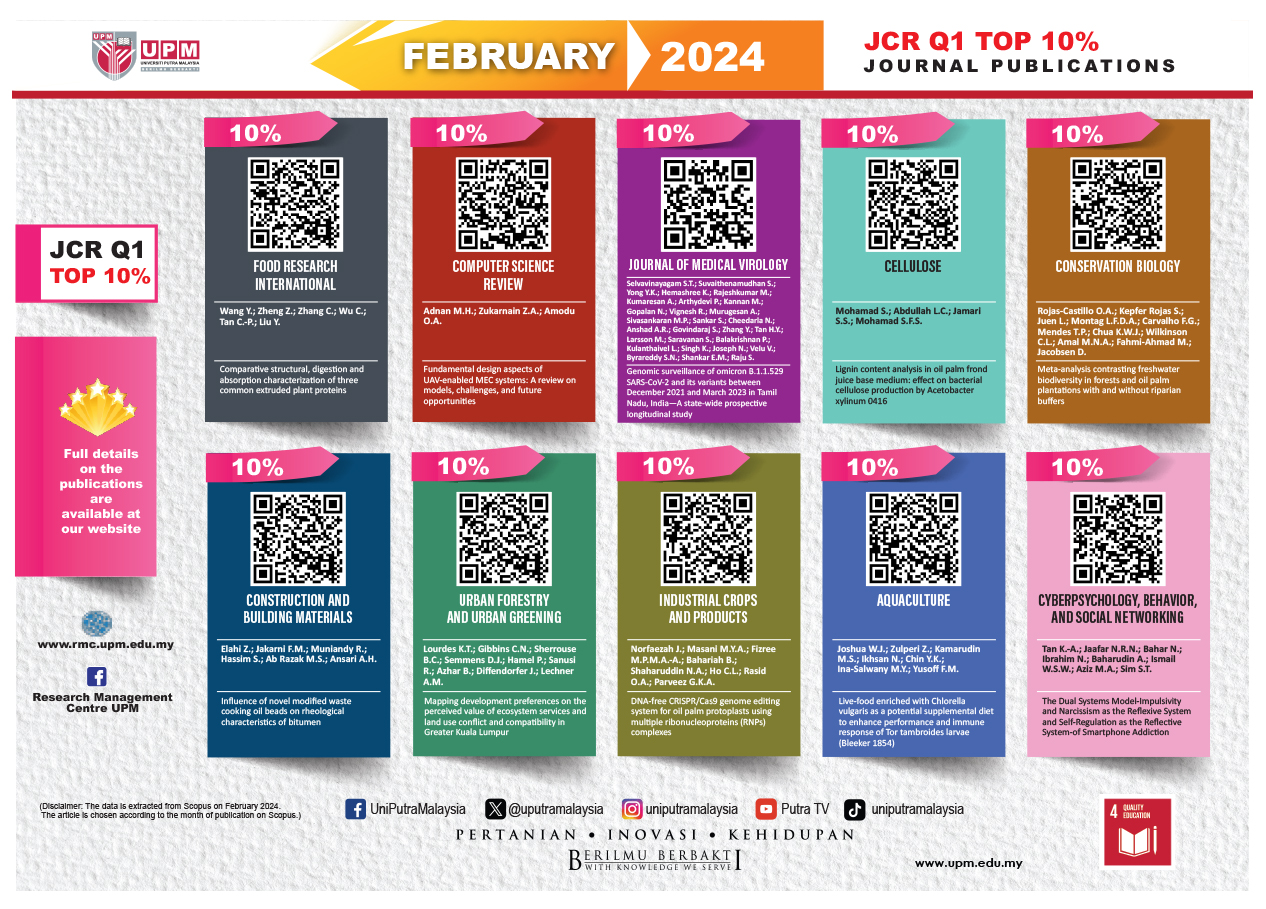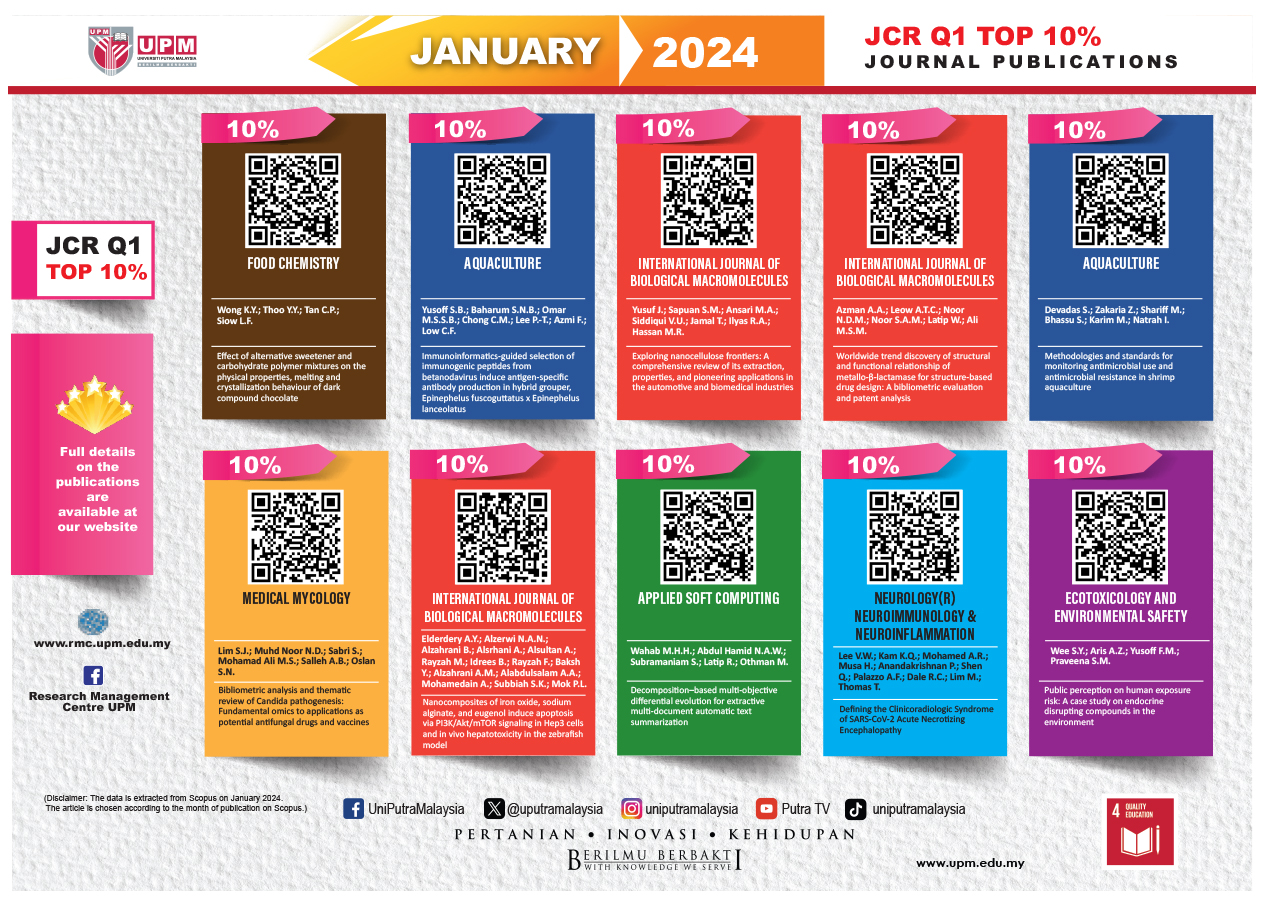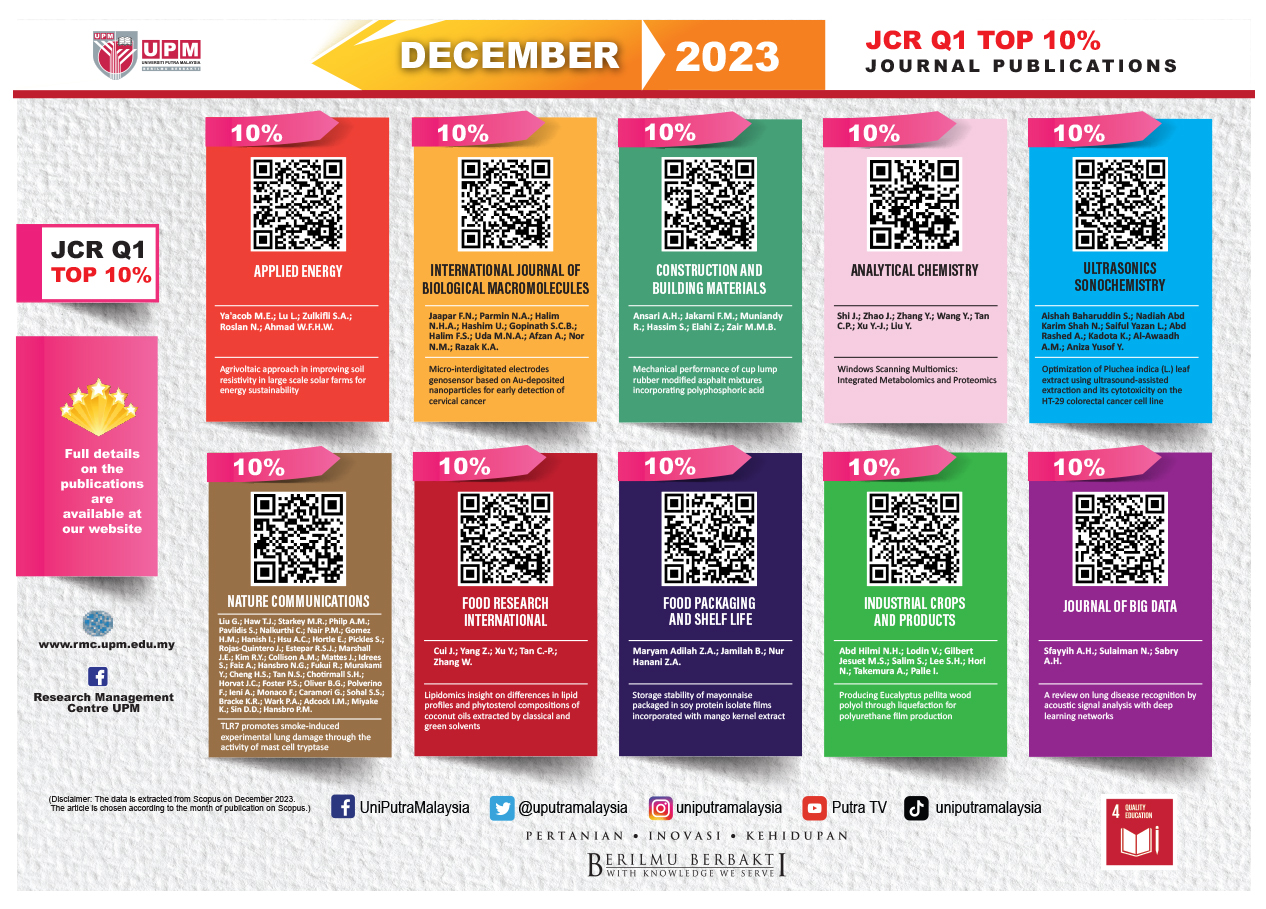To date, the global effort to achieve sustainable agriculture through optimum productivity of crops and soils with minimum inputs which translates into significant improvement in the socio-economic livelihood of most farmers and nations remain a formidable challenge. One of the principal causes of poor crop yield and economic income from farm produce is poor soil health or quality and this problem is very common in the tropics partly because of low organic matter, high soil acidity, and elevated aluminium, iron, and manganese toxicity. Soil acidity and aluminium, iron, and manganese toxicity in particular, do not only destroy crop roots but they also lock-up essential nutrients (for example, N, P, K) from being available to crops. Furthermore, the hydrolysis of aluminium and iron makes soils more acidic to negate the fertility of most soils. To overcome these problems, farmers do liming followed by unbalanced use of inorganic fertilizers, yet the desired crop and soil productivity of their farms are not impressive if not discouraging. An example is the national average rice yield of 4.5 to 5 t/ha against the potential of 10 t/ha of Malaysia. On the other hand, crop production generates huge amount of wastes. For example, rice cultivation leads to production of significant amount of wastes such as rice straw and husk. It had been estimated that approximately 1.3 and 0.5 million metric tonnes of rice straw and husk, respectively are produced yearly in Malaysia. Rice straw and husk are commonly burned in situ after crop harvest. This practice had been implicated in the environmental pollution. Burning of agro-wastes or organic wastes releases hazardous greenhouse gases and particles into the atmosphere. This causes numerous health and environmental problems. To reverse the situation, we have transformed agro-wastes such as rice husk and rice straw into organic amendments/conditioners (humic and fulvic acids) which are able to rejuvenate soil and crop productivity by conditioning or detoxifyfing soils from the negative effects of soil acidity, aluminium, iron, and manganese toxicity, thus improving soil health or quality. What is unique about our intervention/innovation/technology is that for example, following adoption of our approach during land preparation for rice, maize, and vegetables cultivation, it doubles yield, reduces fertilizer use, liming, labour cost, and harvest time. It also improves grain filling and soil quality besides contributing to reduction environmental pollution through excessive use of inorganic fertilizers. Furthermore, our intervention does not interfere with the existing farm practices (agronomic activities) but it rather enhances them thus, its adoption enables farmers to optimize their farm inputs to maximize their outputs at a lower cost. What is more encouraging is that we have successfully extended our intervention to some rice farmers at Sebauh and Sugai Asap, Sarawak, and Pekan, Pahang through IADA, Pekan, Pahang, Malaysia which had enabled them to obtain 8 to10 t/ha compared with the national average of 4 to 5 t/ha. With our innovation, farmers can obtain a net profit of RM2,000 to RM5,000 per ha. The added advantage of our intervention is that it ensures in situ recycling of rice straw and husk in rice cultivation. Our ultimate goal is to contribute to the achievement of food security in Malaysia in addition to significant improvement in farmers’ income and standard of living apart from reducing the national fertilizer import bill and the unbalanced use of inorganic fertilizers and open burning of agro-wastes which have been implicated in the environmental pollution (water, air, and soil). We have also protected our innovation in Malaysia, Thailand, Indonesia, Europe, and the United States of America, suggesting its broadbase application, impact, usefulness to society, and the overall market potential.
Advantages
Our innovation/technology ensures for example, rice yield range of 8 to 10 t ha-1 compared with the national yield of 4 to 5 t ha-1, Malaysia
Farmers who had adopted our intervention are making a net profit of RM2,000 to RM5,000
Our intervention reduces cost of production in the form labour because, our intervention ensures earlier rice harvest by 10 to 20 days
Our innovation also reduces cost of production in the form of avoiding liming to reduce soil acidity
It rejuvenates toxic and acid soils to improve soil and crop productivity
Our technology ensures in situ recycling of agro-wastes such as rice straw and husk in rice cultivation compared with the conventional open burning
Our approach reduces excessive use of inorganic fertilizers to minimize soil, water, and air pollution besides contributing to reduction of the fertilizer bill of Malaysia
Researcher
Prof. Dr. Ahmed Osumanu Haruna
Dept./Faculty : Crop Science/Faculty of Agriculture, Science, and Technology, UPM Bintulu Campus Sarawak
Email : osumanu@upm.edu.my
Date of Input: 15/10/2019 | Updated: 15/10/2019 | noorazwana
MEDIA SHARING

























